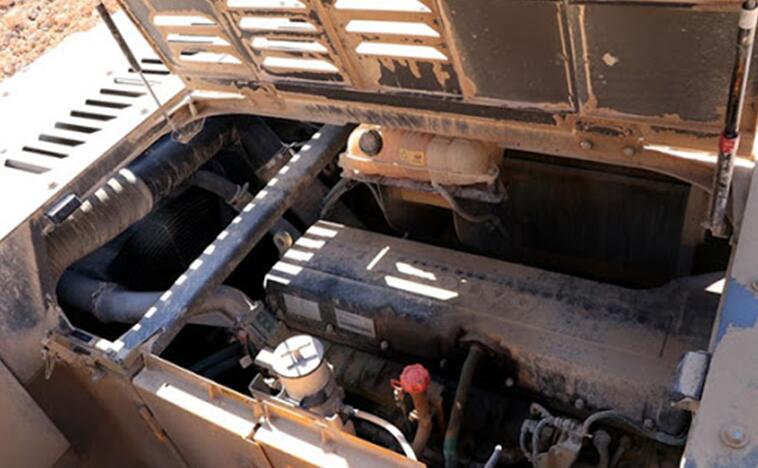
Engine diagnostics for excavators can be a challenging issue for all machine owners and operators, especially when dealing with speed drop problems. Here, FridayParts offers some tips and steps for your machine inspection.
First of all, test the output power of the engine itself. Following parts you may need to check:
If the output power of the engine is lower than the rated power, the causes of the failure are as follows:
- Poor fuel quality;
- Low fuel pressure;
- Incorrect valve clearance;
- A particular cylinder of the engine not working;
- Wrong fuel injection timing and the fuel setting value is incorrect;
- The air intake system is leaking;
- The brake and its control lever are faulty;
- And the turbocharger is carbonized.
If the engine’s output power is normal, it’s essential to check whether the hydraulic pump’s flow rate matches the engine’s output power. Ensuring this match is crucial for efficient operation. Compatibility in RPM and torque between the pump and engine prevents suboptimal performance and potential damage. Matching the hydraulic system’s load requirements to the engine’s capabilities avoids engine bogging or overheating. Proper alignment reduces fuel consumption and component wear, extending the pump and engine’s lifespan. If speed drops occur, it may indicate a mismatch, necessitating checks of the hydraulic system’s flow rate and pressure against the engine’s output.
The speed of a hydraulic excavator is inversely proportional to the load during operation. The product of flow rate and pump output pressure remains constant, and the pump’s output power is constant or nearly constant. If the pump control system fails, the optimal load-matching state of the engine, pump, and valve cannot be maintained under different working conditions, causing the excavator to malfunction.
To address such failures, start by checking the electrical system, then the hydraulic system, and finally the mechanical transmission system.
